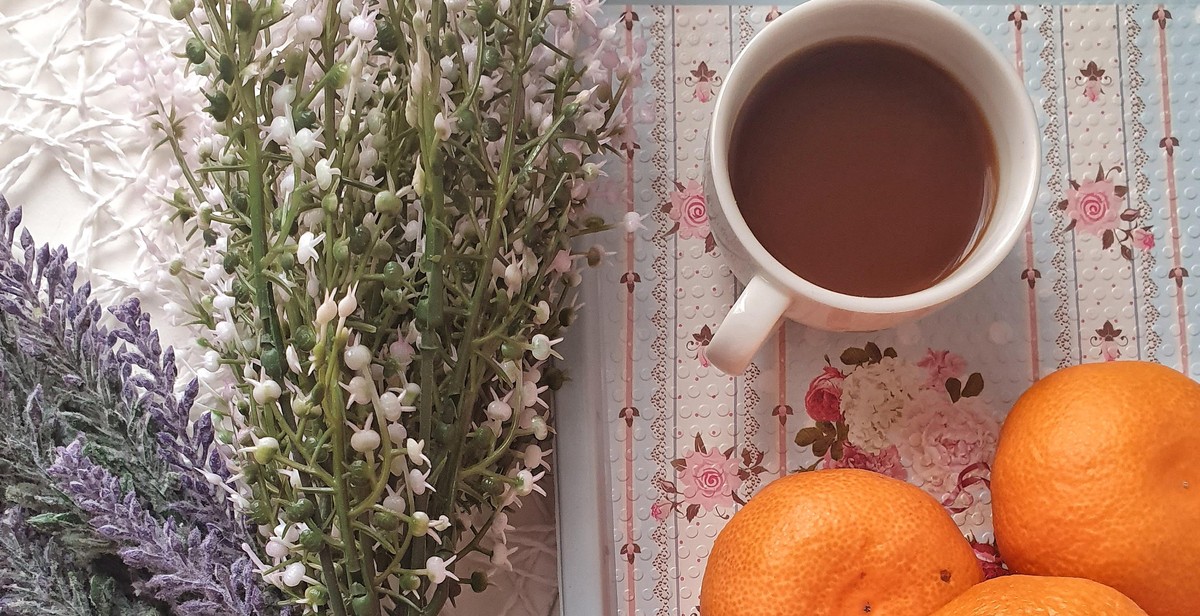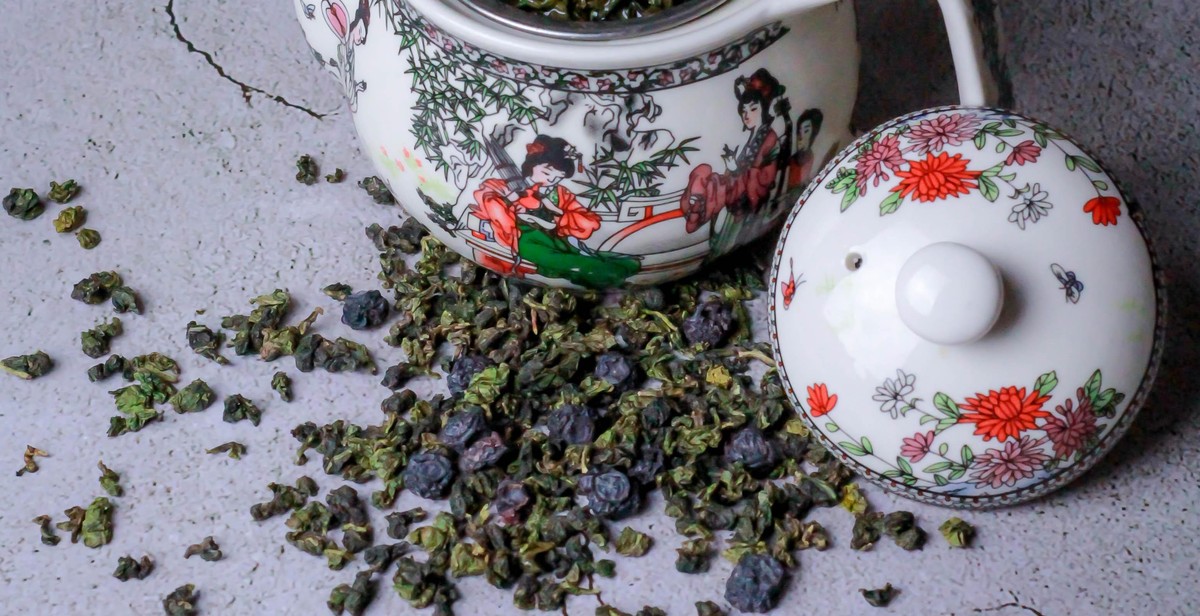How to Appreciate and Identify Different Types of Oolong Tea
Oolong tea is a traditional Chinese tea that is known for its unique taste and aroma. It is a semi-fermented tea that falls between green tea and black tea in terms of oxidation. Oolong tea is produced by withering the tea leaves under the sun and then allowing them to oxidize partially before they are rolled, twisted, and fired.
Oolong tea is known for its complex flavor profile that ranges from floral and fruity to nutty and woody. It is also known for its health benefits such as promoting weight loss, improving heart health, and reducing the risk of chronic diseases.
What is Oolong Tea?
Oolong tea is a traditional Chinese tea that is made from the leaves of the Camellia sinensis plant. It is a semi-fermented tea that falls between green tea and black tea in terms of oxidation. Oolong tea is produced by withering the tea leaves under the sun and then allowing them to oxidize partially before they are rolled, twisted, and fired. The level of oxidation can vary depending on the type of oolong tea being produced, which can result in a wide range of flavors and aromas.
The Different Types of Oolong Tea
There are several types of oolong tea available, each with its own unique flavor and aroma profile. Some of the most popular types of oolong tea include:
- Tie Guan Yin
- Da Hong Pao
- Wuyi Rock
- Phoenix Dan Cong
Each type of oolong tea has its own unique characteristics, and it can be challenging to identify them if you are new to oolong tea. However, with a little bit of knowledge and practice, you can learn to appreciate and identify the different types of oolong tea.

Health Benefits of Oolong Tea
Oolong tea is a traditional Chinese tea that is known for its unique flavor and aroma. But did you know that oolong tea also offers a wide range of health benefits? Here are some of the most significant health benefits of oolong tea:
Weight Loss
Oolong tea is known to be effective in helping with weight loss. The tea contains catechins and caffeine, which are both known to boost metabolism and increase fat burning. Studies have shown that regular consumption of oolong tea can lead to a reduction in body fat and body weight.
Reduced Risk of Chronic Diseases
Oolong tea is also known to have antioxidant properties, which can help reduce the risk of chronic diseases such as heart disease, diabetes, and cancer. The antioxidants in oolong tea help to neutralize free radicals in the body, which can cause damage to cells and contribute to the development of chronic diseases.
Improved Brain Function
Oolong tea contains caffeine, which can help improve brain function and increase alertness. Additionally, the tea contains theanine, an amino acid that can help reduce stress and anxiety. The combination of caffeine and theanine in oolong tea can help improve cognitive performance and enhance mood.
| Health Benefit | Description |
|---|---|
| Weight Loss | Boosts metabolism and increases fat burning |
| Reduced Risk of Chronic Diseases | Antioxidant properties help reduce risk of heart disease, diabetes, and cancer |
| Improved Brain Function | Contains caffeine and theanine, which can improve cognitive performance and enhance mood |
In conclusion, oolong tea offers a range of health benefits, including weight loss, reduced risk of chronic diseases, and improved brain function. Regular consumption of oolong tea can help improve overall health and well-being.

Different Types of Oolong Tea
Oolong tea is a traditional Chinese tea that falls somewhere between green and black tea in terms of oxidation. It is known for its unique taste and aroma, as well as its health benefits. Here are some of the different types of oolong tea:
Traditional Chinese Oolong Tea
Traditional Chinese oolong tea is grown in the Fujian province of China, where it has been produced for over 400 years. It is known for its complex flavor profile, which can range from sweet and floral to earthy and smoky. This type of oolong tea is typically brewed in a gaiwan or a small teapot, and is often served as part of a traditional Chinese tea ceremony.
Taiwanese Oolong Tea
Taiwanese oolong tea, also known as Formosa oolong tea, is grown in the mountainous regions of Taiwan. It is known for its fruity and floral flavor profile, as well as its smooth texture. Taiwanese oolong tea is often brewed using the gongfu method, which involves multiple short steepings in a small teapot.
Wuyi Oolong Tea
Wuyi oolong tea is grown in the Wuyi Mountains of China, and is known for its rich, smoky flavor. It is produced using a unique roasting process, which gives it its characteristic taste and aroma. Wuyi oolong tea is often brewed using a yixing teapot, which is made from a type of clay that absorbs the flavor of the tea over time.
Phoenix Oolong Tea
Phoenix oolong tea is grown in the Phoenix Mountain range of China, and is known for its fruity and floral flavor profile. It is produced using a unique processing method that involves twisting and rolling the tea leaves into long, thin strips. Phoenix oolong tea is often brewed using a gaiwan or a small teapot, and is prized for its complex flavor and aroma.
| Type of Oolong Tea | Origin | Flavor Profile | Brewing Method |
|---|---|---|---|
| Traditional Chinese Oolong Tea | Fujian, China | Complex, sweet, floral, earthy, smoky | Gaiwan or small teapot |
| Taiwanese Oolong Tea | Taiwan | Fruity, floral, smooth | Gongfu method with a small teapot |
| Wuyi Oolong Tea | Wuyi Mountains, China | Rich, smoky | Yixing teapot |
| Phoenix Oolong Tea | Phoenix Mountain, China | Fruity, floral, complex | Gaiwan or small teapot |
Each type of oolong tea has its own unique flavor profile and brewing method, making it a versatile and exciting tea to explore. Whether you prefer a fruity and floral Taiwanese oolong or a rich and smoky Wuyi oolong, there is a type of oolong tea out there for everyone.

Appreciating Oolong Tea
Oolong tea is a type of tea that falls somewhere between black and green tea, with a partially oxidized leaf. It is a complex tea with a range of flavors and aromas, making it a popular choice among tea enthusiasts. To appreciate oolong tea, it is important to consider its appearance, aroma, flavor, and mouthfeel.
Appearance
The appearance of oolong tea leaves can vary depending on the specific type and processing method. Generally, oolong tea leaves are dark green or brown with a slightly curled shape. The leaves should be whole and unbroken, indicating high quality. The brewed tea should have a bright, golden color.
Aroma
Oolong tea has a complex aroma that can range from floral to fruity, with a slight nuttiness. The aroma should be subtle and not overpowering. High quality oolong tea will have a distinct aroma that is unique to the specific type of tea.
Flavor
The flavor of oolong tea can vary significantly depending on the type and processing method. Generally, oolong tea has a smooth and mellow taste with a slight sweetness. Some types of oolong tea can have a more earthy or nutty flavor, while others have a more floral or fruity taste. The flavor should be well-balanced and not too bitter or astringent.
Mouthfeel
The mouthfeel of oolong tea is an important aspect of appreciating the tea. It should be smooth and velvety, with a slight astringency that leaves a pleasant aftertaste. The mouthfeel should not be too heavy or too light, but rather well-balanced.
Overall, appreciating oolong tea requires an understanding of its appearance, aroma, flavor, and mouthfeel. By paying attention to these aspects, you can fully enjoy the unique and complex taste of oolong tea.

How to Identify High-Quality Oolong Tea
Oolong tea is a complex and nuanced tea that requires careful attention to detail to identify high-quality varieties. Here are some key factors to consider when evaluating oolong tea:
Origin
The region where the tea is grown can have a significant impact on the flavor and quality of oolong tea. Some of the most highly prized oolong teas come from Taiwan, China, and Fujian Province. Look for teas that are grown in high-altitude regions with rich soil and ideal growing conditions.
Appearance
High-quality oolong tea should have tightly rolled leaves that unfurl when brewed. The leaves should be a consistent color and free from blemishes or discoloration. The color of the brewed tea should be a clear, bright amber or golden color.
Aroma
The aroma of oolong tea can vary widely depending on the specific variety, but high-quality oolong tea should have a strong, complex aroma that is pleasant and enticing. Look for teas with floral, fruity, or nutty aromas, as these are often indicators of high-quality tea.
Flavor
The flavor of oolong tea is perhaps the most important factor to consider when evaluating quality. High-quality oolong tea should have a complex flavor profile with notes of fruit, flowers, and a subtle sweetness. The tea should be smooth and well-balanced, with no harsh or bitter aftertaste.
By paying attention to the origin, appearance, aroma, and flavor of oolong tea, you can identify high-quality varieties that will provide a rich and satisfying tea-drinking experience.
